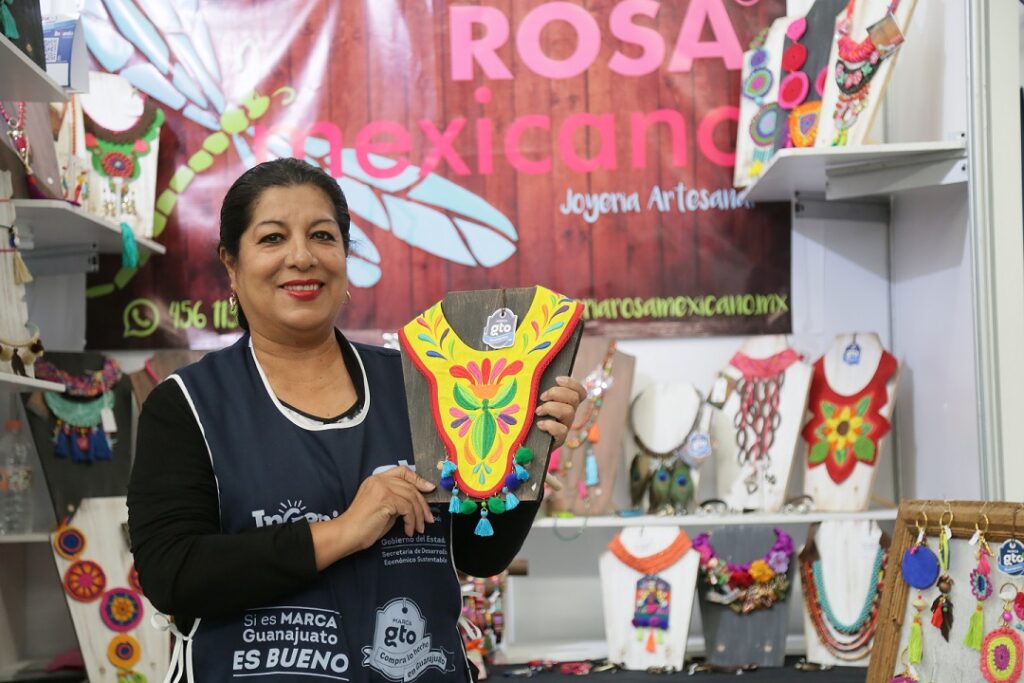The World Trade Organization (WTO) highlighted several facts related to how MSMEs contribute to world GDP, employment and exports.
Micro, small and medium-sized enterprises not only account for 90% of all enterprises worldwide, but are also responsible for the creation of more than half of the jobs on the planet.
In developing countries, formally registered MSMEs account for up to 40% of GDP, while informal, predominantly small enterprises contribute a similar proportion.
How MSMEs contribute to world GDP
To note: The WTO does not have a precise definition of micro, small and medium-sized enterprises, as the criteria vary from country to country.
But in general terms, this concept is broken down as follows:
- Microenterprise: Generally less than 10 employees.
- Small enterprise: Between 10 and 50 employees.
- Medium enterprise: Between 50 and 250 employees.
MSMEs also play an important role in international trade. They account for 36% of exports and 41% of imports in developed economies.
In developing economies, MSMEs also depend on international trade. Approximately 11% of their income comes from direct exports, that is, without intermediaries. In addition, 33% of production inputs originate abroad.
MSMEs actively participate in global value chains (GVCs) as suppliers. The digital economy has opened up new opportunities. MSMEs can now provide inputs and source intermediate goods from abroad.
Therefore, trade-facilitating measures are particularly useful for MSMEs. These companies, with fewer resources, have greater difficulty navigating complex trade procedures.
Global value chains
MSMEs in developing countries manufacture electronic parts, such as circuits and microprocessors, which are shipped to large assemblers in advanced economies for devices such as cell phones and computers.
In the primary sector, agricultural MSMEs export products such as coffee and cocoa, which are then processed by large companies and distributed globally.
Other cases are textile MSMEs, which produce fabrics and other materials for international brands, participating in the global value chain and supplying products that are made in larger factories in other countries.

